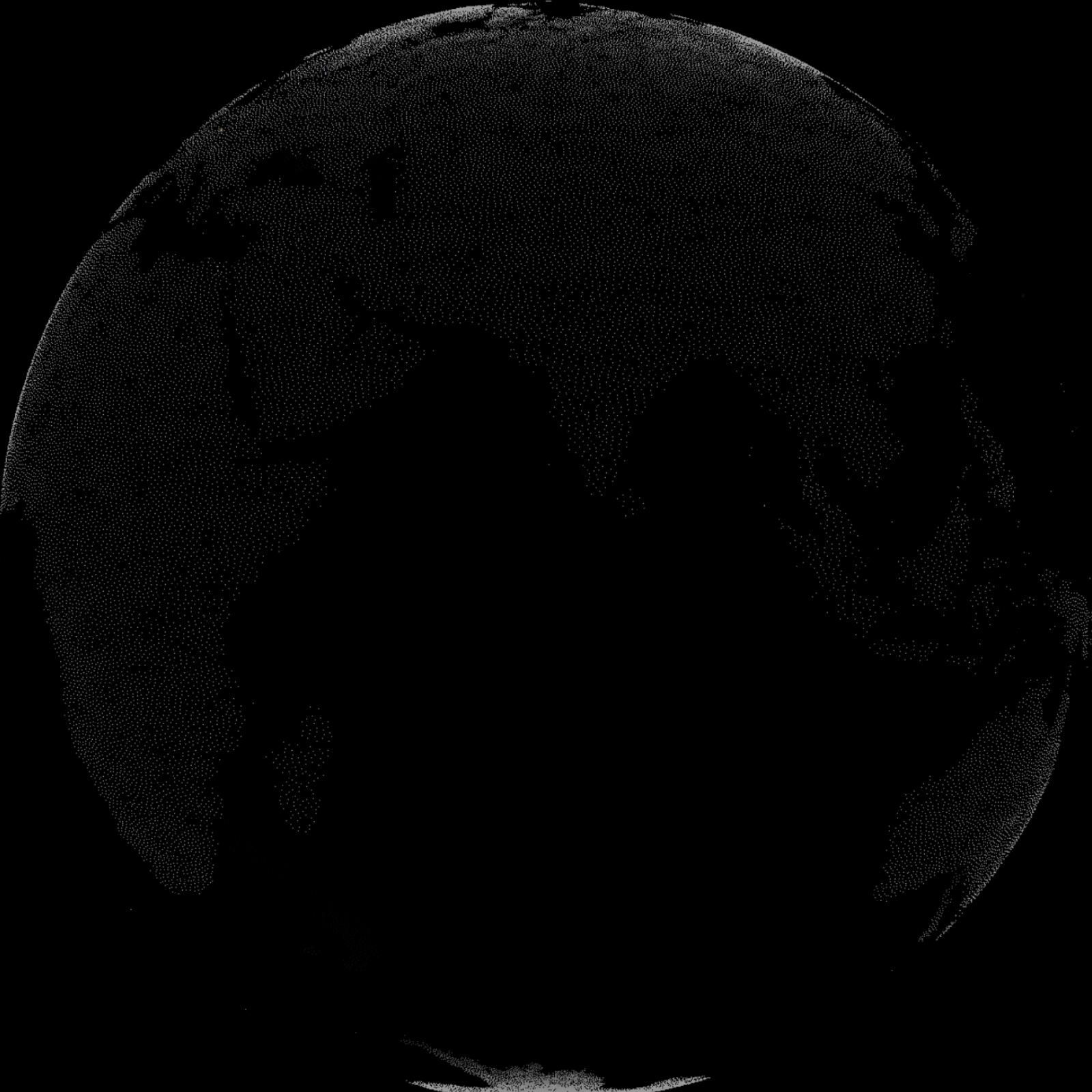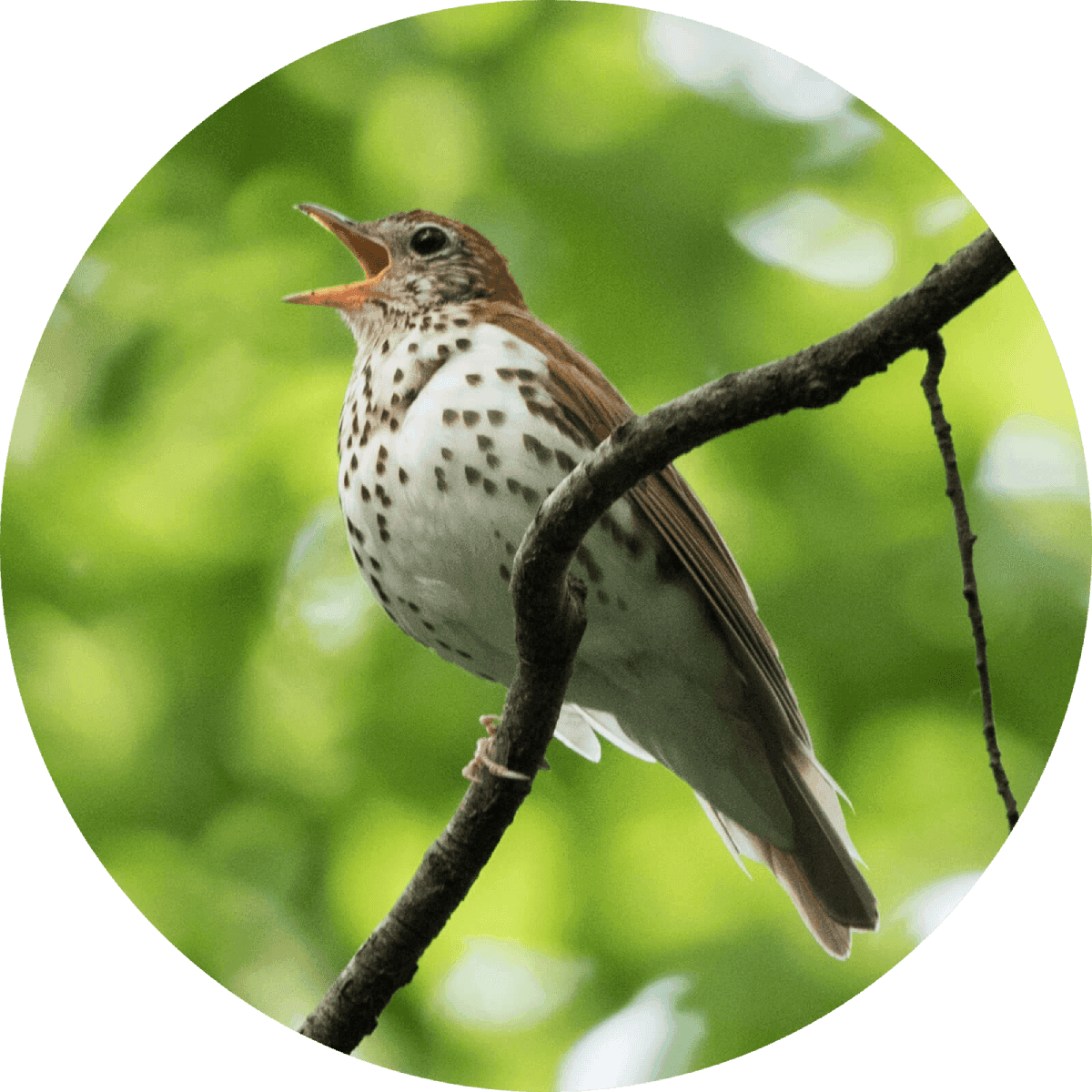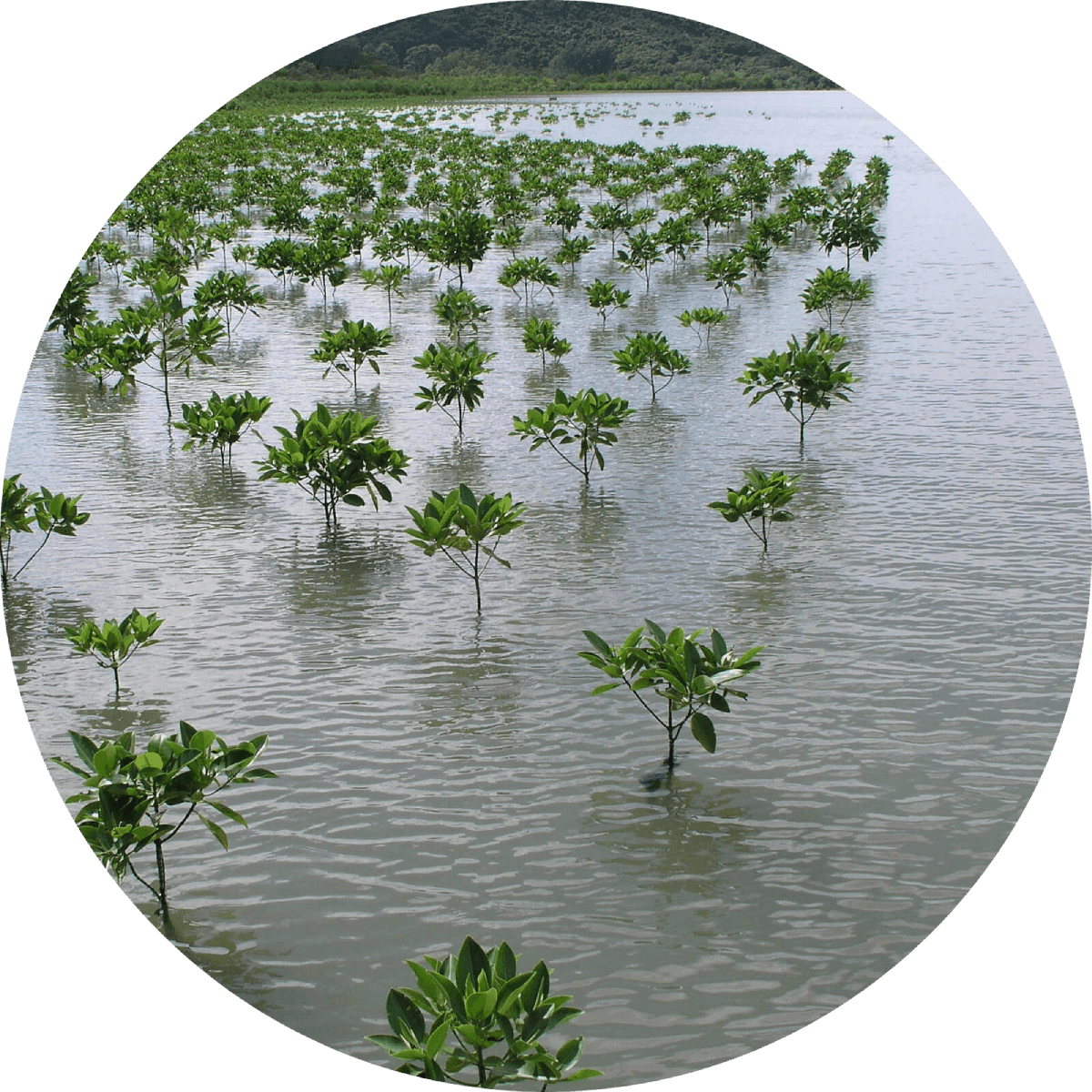“Climate change is expected to have two effects. We expect heavier, more intense rains, which means more floods, but also more and longer droughts. If it stops raining in the reservoirs where the city gets its water, “we’re facing a potential disaster."
Nick Garbutt, "Jaguar Corridor Initiative", Panthera, https://www.panthera.org/initiative/jaguar-corridor-initiative
“'Narcodeforestation' … refers to deforestation that somehow can be attributed to the activity of drug-trafficking organizations,” says Bernardo Aguilar-González of the Neotropica Foundation of Costa Rica. Aguilar-González studies the problem, and he says U.S. crackdowns on drug smuggling have driven traffickers into protected forested area where they can more easily evade law enforcement."
"The new canal and its infrastructure, from roads to pipelines to power plants, will destroy or alter nearly one million acres of rainforest and wetlands. And that doesn’t include Lake Nicaragua, a beloved 3,191-square-mile inland reservoir that provides most Nicaraguans with drinking water. The canal cuts through the lake, and critics say ship traffic will pollute the water with industrial chemicals and introduce destructive invasive plants and animals."
Violence against environmental activists is all too common in Central and South America, especially against indigenous protestors. Between 2009 and 2011, the most prominent activists killed included: Ramiro Rivera Gómez (2009), vice-president of the environmental committee of Cabañas in El Salvador, who was gunned down in Cabañas for protesting Pacific Rim gold mining projects Adolfo Ich Xaman, a Maya Q’eqchi’ teacher and community leader who opposed the Fenix mine near El Estor, Guatemala, was fatally shot in 2009. In one of the few cases brought to justice, the head of security at Fenix mine—the largest nickel extraction site in Central America—was convicted of murder. José Miguel Pagoada (2010), who was shot and killed in his reforestation nursery by ranchers he had previously reported to authorities for encroaching on protected land Dora Recinos Sorto (2010), killed while eight months pregnant, in the presence of her 2-year-old child, also for protesting the El Dorado mining project Juan Francisco Duran Ayala, an anti-mining activist kidnapped and killed in 2011.
"Drawing international attention to the inhumane and environmentally catastrophic shark finning industry, Randall Arauz led the campaign to halt the practice in Costa Rica, making his country an international model for shark protection... In 2003, Arauz exposed a Taiwanese ship illegally landing 30 tons of shark fins, amounting to the deaths of 30,000 sharks, late at night at a private dock in Puntarenas, using a secretly filmed videotape. He released the footage to the media, and the resulting shock and outrage from the Costa Rican public and international community galvanized support for Arauz’s ensuing campaign to enforce the country’s existing laws against shark finning.... Throughout his campaign in Costa Rica, Arauz worked closely with the Ministry of Foreign Affairs and the Congress to urge the UN to ban shark finning and to stop all long-line fishing in the eastern Pacific’s international waters."
"Francisco Pineda courageously led a citizens’ movement that stopped a gold mine from destroying El Salvador’s dwindling water resources and the livelihoods of rural communities... In 2002, Canadian mining giant Pacific Rim began the exploration phase for a gold and silver mine in Cabañas.... Pineda and his colleagues immediately began educating the people of Cabañas by going door-to-door and organizing community meetings. By 2011, the movement grew to include 26 communities and more than 450 members...Due in large part to Pineda’s leadership, the Salvadoran government has not granted Pacific Rim the necessary extraction permit to move forward with their project and the company has reduced its active exploration area by 50 percent."
"I grew up on the land, producing corn and beans. I was raised with a philosophy that we live from the earth. For us, water is life. When we learned that our water was threatened by gold mining, we knew we would give our lives to defend it."
"I declare before the whole world—and especially to those who, for a long time now, have been getting rich by taking what belongs to all of us—I shout from the depths of my being: Water must not be privatized! Air must not be privatized! No one must threaten the value of life. Faced with these grave risks and challenges, it must be everyone's commitment to defend and save the only house we have, our collective house, our mother Earth. We need more strategies and unity to demand the fulfillment of international environmental agreements without fear. From the heart of Central America, we ask your help in halting the plunder of the Mesoamerican Biological Corridor."
A survey in 2003 indicated that the total population size for the red-backed squirrel monkey is significantly larger than had been previously estimated, numbering between 1,300 and 1,780 individuals. The red-backed squirrel monkey has two subspecies that are in critical condition. The grey-crowned subspecies is critically endangered and has lost 89% of its original habitat in Costa Rica, with the remaining range being severely fragmented. This is due to widespread logging, clearing for cattle ranches, and the planting of African oil palms and rice.
“Baird’s tapir is the largest indigenous mammal in Central America... The main threat to the species is from habitat destruction. It has been estimated that around 70% of Central American forest areas have been lost through deforestation and alteration over the last 40 years. Much of the species’ rainforest habitat is being cleared for cattle ranches and development. Almost all rainforest has been cleared in El Salvador, and the species is now believed to be extinct in this country... There are thought to be fewer than 5,000 surviving Baird’s tapirs... The species is protected throughout its range, and is the national symbol of Belize."
“In late October 1998, Hurricane Mitch stalled and dumped a year’s rain on Central America in forty-eight hours. Flash floods and mudslides down deforested slopes wreaked devastation on a vast scale, leaving ten thousand people dead, almost twenty thousand missing, and over 2.5 million people temporarily dependent on emergency aid. Honduras, the second-poorest nation in the Western Hemisphere, was the hardest-hit... The impact of the heavy rains from Hurricane Mitch was made much worse by the previous pattern of clearing the original forest of Nicaragua and Honduras. Many of the coffee plantations that spread across the mountainsides and the banana plantations carved out of the lush, coastal regions were financed by multinational companies.
"The hurricane was horrible. But the real tragedy is the grip of large fishing companies. Cutting down trees made the hurricane ten times worse than it should have been... The fishing companies thought they could increase the shrimp production, clearing the mangroves and other vegetation. Those areas suffered the greatest destruction from the hurricane."
"The Mesoamerican Biological Corridor (MBC) is a concept of sustainable development for Mesoamerica that unites goals of conservation with sustainable development initiatives of local peoples throughout the region...All the protected areas of Central America are part of the MBC, a total of about 600. [...] Mesoamerica boasts more than 600 protected areas, covering about one fifth of the area, but virtually all these areas have significant human populations, in many cases original indigenous inhabitants. It is widely recognized that conservation of the green areas of the MBC requires a strong focus on the needs of local peoples, of which there are millions that depend directly or indirectly on protected areas of the MBC."


Learn about Maya Lin’s fifth and final memorial: a multi-platform science based artwork that presents an ecological history of our world - past, present, and future.

Discover ecological histories and stories of former abundance, loss, and recovery on the map of memory.

Learn how we can reduce our emissions and protect and restore species and habitats – around the world.

See how art can help us rethink the problems we face, and give us hope that each one of us can make a difference.

Help make a global memorial something personal and close to home. Share your stories of the natural world.